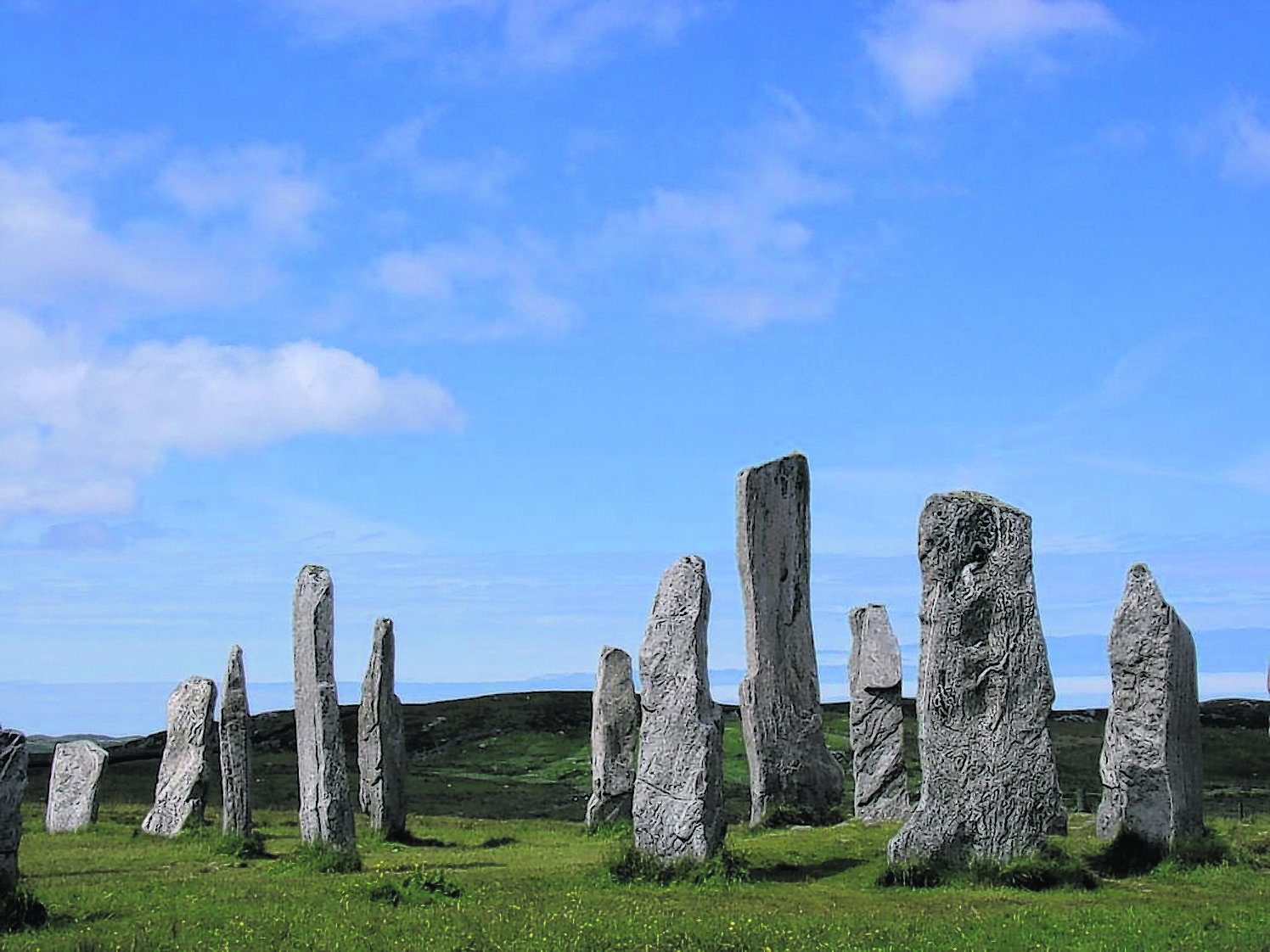A team of experts from the University of St Andrews have been tasked with finding an answer to one of Scotland’s most enduring mysteries -how the Callanish Stones on the Isle of Lewis came to be.
The stones, which attract thousands of visitors every year, are believed to have been erected in the Neolithic era around 5,000 BC and are arranged in the shape of a cross, with a central stone circle.
With the largest of the stones measuring two to three times the height of the average man, and weighing several tonnes, there has never been any definitive explanation as to how they were erected, or even their purpose, although many believe they were used in rituals to do with the moon and the stars.
Now, a team of academics hope to shed some light on the story of the stones, with funding of £25,000 from Highlands and Islands Enterprise.
Using the latest technology in geophysics, the team will look beneath the layers of peat to better understand how Neolithic man lived and why the stones played such an integral role in their lives.
Project lead Dr Richard Bates said: “The concentration of stone circles around Callanish is remarkable, but it is also intriguing that there is the lack of other sites that could tell us about the people who lived there. By reconstructing the Neolithic landscape we hope to be able to find further evidence of the people and so ultimately to better understand the stone circles themselves.’”
Victoria Harvey, project development officer at the Callanish Visitor Centre, said that “relatively little is known about the lives of our Neolithic ancestors some 5,000 years ago”.
“The ‘Beneath the Peat’ project will allow The University of St Andrews to delve underneath the current landscape to understand life in the Hebridean Neolithic,” she said.
“Visitor numbers have grown rapidly at the famous Callanish Stones and here at the visitor centre. This has given us an opportunity to not only redevelop it but to boost the heritage focus by sharing the story of the stones through modern technology.”
